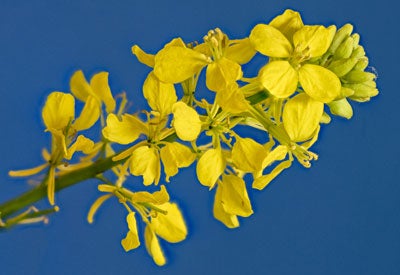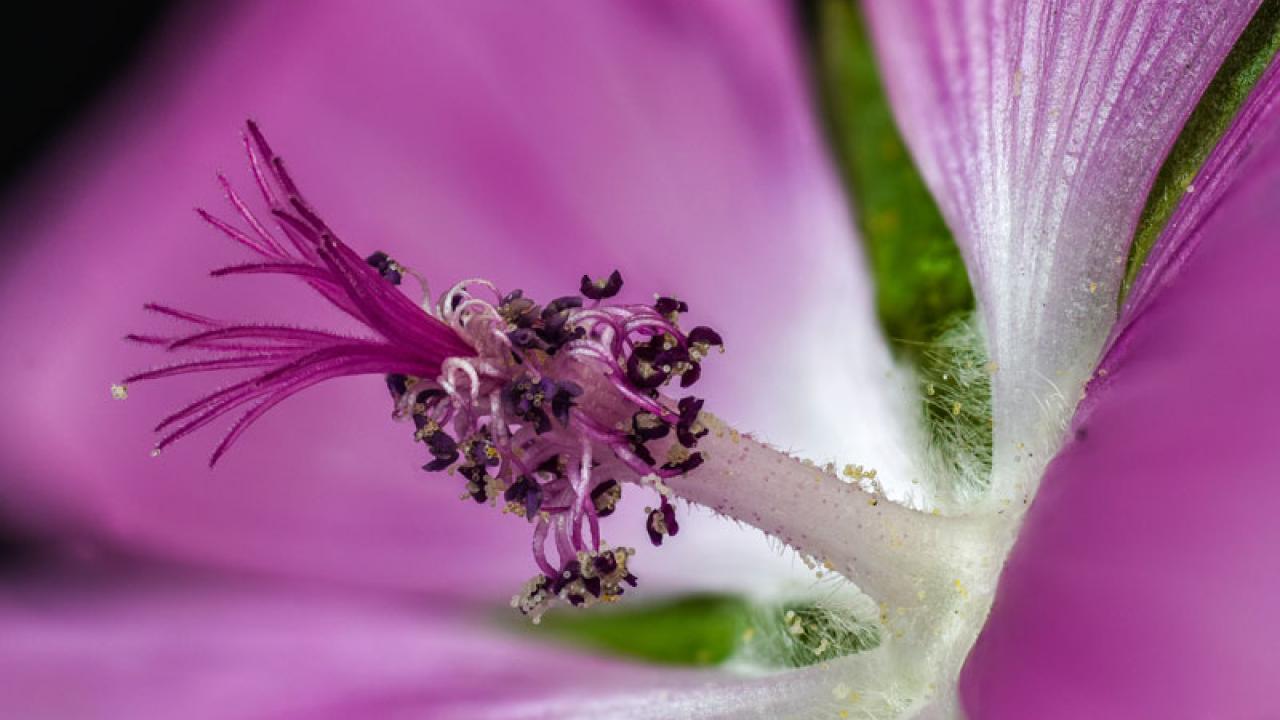Emeritus professor's exhibition
Tired of looking at the weeds in your garden? It might improve your outlook on life if you view them as art through the eyes of Robert F. Norris, photographer and retired weed scientist (professor emeritus) from the UC Davis Plant Sciences Department.
His extraordinary photographs (mostly of weeds) that don't look like anything in most gardens, Unseen Flowers, are on view starting Thursday, April 4 at Buehler Alumni Center on the UC Davis campus. The reception is Thursday from 4:30 to 7:30 p.m. The exhibit ends on May 31.

Norris started taking plant photographs in the late 1950s. He learned the craft of close-up photography using a Leica III and a set of extension tubes. His current equipment is all Nikon; most of the photographs displayed here were taken using one of Nikon’s macro lenses.
He now spends considerable time taking macro photographs of plants (and a few insects). In 2018 he won the macro division of the California State Fair photography competition (that photo is displayed in this show). His photographs have also won numerous first-place awards in the photo competition at the annual meetings of the Weed Science Society of America. Robert is a member of the Photography Club of Davis, where he has made presentations on macrophotography.
During the last few years camera and computer advances have completely overcome the problem of shallow depth of focus for a single photograph. The process is referred to as focus stacking. Equipment has been developed that permits the photographer to take a sequence (stack) of photographs with incrementally changed focus point for each picture. Computer software then takes files for the ‘stack’ of photographs and combines only the sharp, in focus, part of each picture into a single photograph (see ‘focus stacking explained’ panel). The result is a picture with essentially unlimited depth of focus showing incredible detail that is not normally visible even with a microscope, as the latter still has the problem of limited depth of field unless photomicrographs are also stacked.
A limitation to focus stacking is the requirement that the object being photographed must not move while the stack is being taken. Outdoor photographs are thus only possible under calm conditions; most of the focus stacked photographs seen in this show were taken under studio conditions using LED lighting
Norris also paints pictures of plants, landscapes and farm machinery using acrylics and oils, and is a world-level Master's backstroke swimmer. All framed prints are available for sale at the end of the show.
To see more of his plant (and a few insect) photographs go here where he makes a selection of his photographs available for public use.
